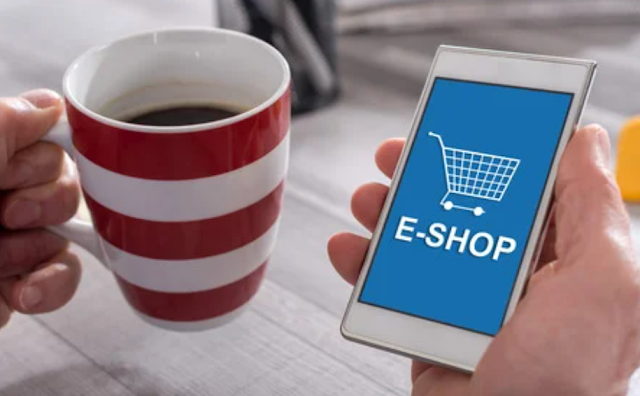Introduction to E-commerce: A Beginner's Guide
In today's digital age, e-commerce has become an integral part of our lives. E-commerce, short for electronic commerce, refers to the buying and selling of goods and services over the internet. It has revolutionized the way businesses operate and how consumers shop. This beginner's guide aims to provide a comprehensive introduction to e-commerce, covering its definition, types, benefits, and key components.
What is E-commerce?
E-commerce is the process of conducting commercial activities electronically through the internet. It involves online transactions between buyers and sellers, where products or services are exchanged for money or other forms of value. E-commerce encompasses a wide range of activities, including online retail stores, digital marketplaces, online auctions, and B2B (business-to-business) transactions.
Types of E-commerce:
There are several types of e-commerce models, including:
- a. Business-to-Consumer (B2C): In this model, businesses sell products or services directly to consumers through online stores or platforms.
- b. Business-to-Business (B2B): Here, businesses engage in transactions with other businesses through online portals or electronic data interchange (EDI) systems.
- c. Consumer-to-Consumer (C2C): This type involves individuals buying and selling products or services to each other through platforms like online marketplaces or classified ads.
- d. Consumer-to-Business (C2B): In C2B e-commerce, individuals offer products or services to businesses. This can include freelancers, influencers, or individuals selling personalized products.
Benefits of E-commerce:
E-commerce offers numerous benefits for businesses and consumers alike:
- a. Global Reach: With e-commerce, businesses can reach customers worldwide, breaking geographical barriers.
- b. 24/7 Availability: Online stores are accessible round the clock, providing customers the convenience of shopping anytime, anywhere.
- c. Cost Savings: E-commerce eliminates the need for physical stores, reducing overhead costs associated with rent, utilities, and staffing.
- d. Wider Product Range: Online retailers can offer a wider range of products, as they are not limited by shelf space.
- e. Personalization and Targeting: E-commerce allows businesses to personalize marketing messages and target specific customer segments based on data analytics.
- f. Streamlined Operations: E-commerce platforms often provide integrated inventory management, order fulfillment, and payment processing systems, streamlining business operations.
Key Components of E-commerce:
- a. Online Store: The foundation of e-commerce is an online store where products or services are displayed, and transactions take place. It should have an appealing design, intuitive navigation, and secure payment options.
- b. Payment Gateway: This is the online service that facilitates payment processing, securely transferring funds from the customer to the seller.
- c. Security: E-commerce transactions involve the exchange of sensitive customer data. Implementing SSL certificates, encryption, and secure checkout processes are crucial for protecting customer information.
- d. Logistics and Shipping: Efficient shipping and delivery are essential aspects of e-commerce. Businesses must establish partnerships with reliable shipping carriers and implement effective order fulfillment strategies.
- e. Customer Support: Providing excellent customer support is vital for building trust and ensuring customer satisfaction. This can include live chat, email support, and clear return/refund policies.
Conclusion:
E-commerce has transformed the way businesses operate and how consumers shop. It offers unprecedented opportunities for businesses to reach a global audience, provide personalized experiences, and streamline operations. By understanding the fundamentals of e-commerce, beginners can embark on their journey to establish successful online businesses.











